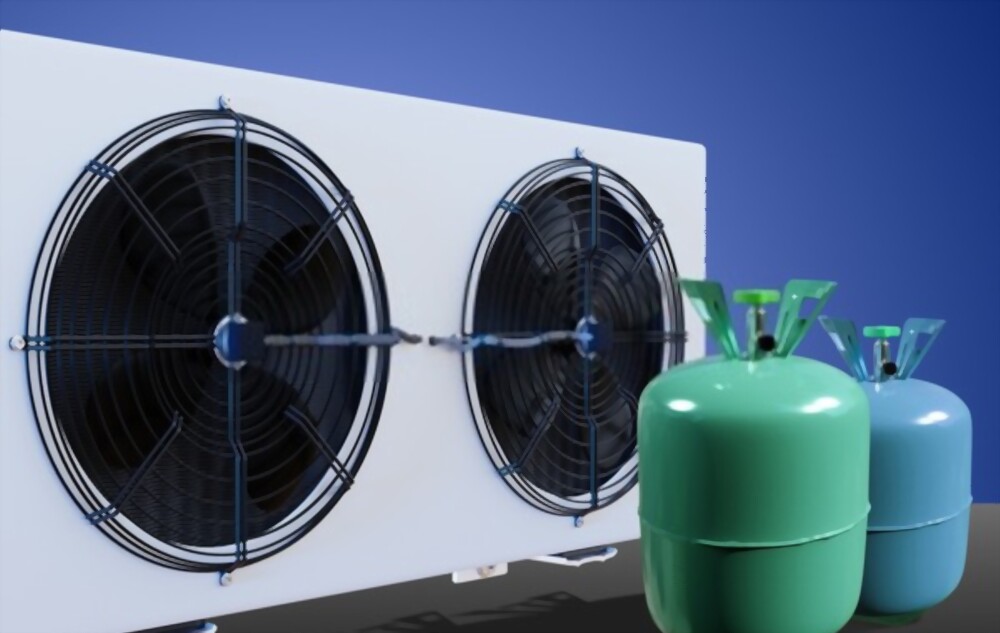R134a refrigerant is a popular and widely used chemical compound in the field of refrigeration and air conditioning. It belongs to the class of hydrofluorocarbons (HFCs), which are known for their low toxicity and non-flammability. R134a has become the preferred choice for many applications due to its excellent thermodynamic properties and environmental friendliness, as it does not contribute to ozone depletion. In this comprehensive guide, we will delve into the characteristics, applications, safety considerations, and environmental impact of R134a refrigerant.
Characteristics of R134a Refrigerant
R134a exhibits several important characteristics that make it suitable for a wide range of cooling applications. Firstly, it has a low boiling point of -26.3 degrees Celsius (-15.34 degrees Fahrenheit), which allows it to absorb heat effectively from the surrounding environment. Additionally, R134a has a high critical temperature of 101.1 degrees Celsius (214 degrees Fahrenheit) and a critical pressure of 4.07 megapascals (589 pounds per square inch). These properties enable R134a to operate efficiently even at high temperatures, making it suitable for use in both low-temperature and high-temperature refrigeration systems.
Applications of 134a Refrigerant
R134a refrigerant finds extensive use in various industries and applications. It is commonly used in automotive air conditioning systems, providing efficient cooling for passenger cars, trucks, and other vehicles. R134a’s ability to transfer heat effectively, combined with its non-toxic and non-flammable nature, makes it an ideal choice for automotive applications. Additionally, R134a is used in commercial refrigeration systems, such as supermarket refrigerators and vending machines. Its excellent cooling properties ensure the safe storage and preservation of food and beverages.
Safety Considerations and Environmental Impact
While R134a is considered relatively safe for use, there are certain safety considerations to keep in mind. As with any refrigerant, it is crucial to handle R134a with care and follow appropriate safety guidelines. R134a can cause skin and eye irritation upon direct contact, so wearing protective gloves and goggles is essential during handling. Moreover, R134a is not flammable, which reduces the risk of fire hazards compared to other refrigerants. However, it is important to prevent the release of R134a into the atmosphere, as it is a greenhouse gas that contributes to global warming. Proper recovery, recycling, and disposal methods should be followed to minimize its environmental impact.
Conclusion
R134a refrigerant is a widely used and versatile compound in the field of refrigeration and air conditioning. Its excellent thermodynamic properties, coupled with its safety characteristics and environmental friendliness, have made it a popular choice in various applications. By understanding the characteristics, applications, safety considerations, and environmental impact of R134a, individuals and industries can make informed decisions regarding its usage and contribute to sustainable cooling practices.

